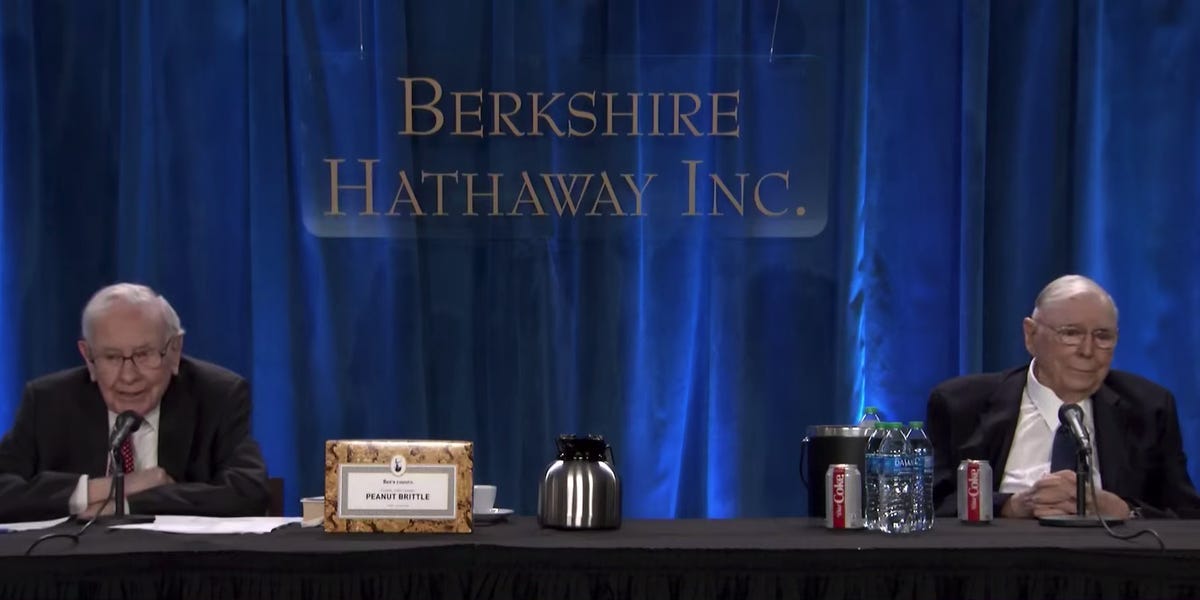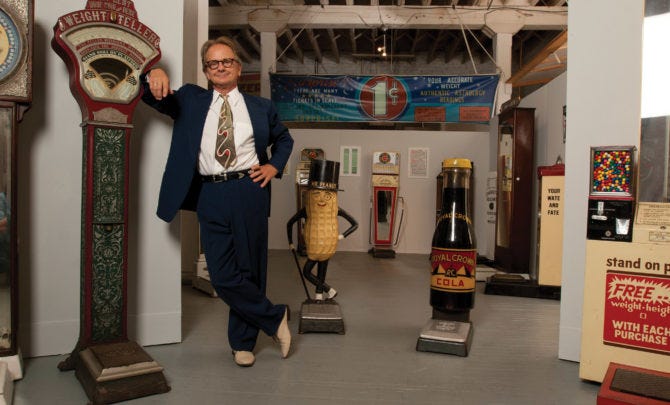The Hustler: Lessons from a Young Warren Buffett
"When Warren was a little boy collecting bottle caps, flinging papers day after day ... if you had asked him if he wanted to be the richest man on earth, he would have said, Yes." Alice Schroeder
Hello everyone,
It’s easy to look at Buffett today, at 92 years old and heading the world’s largest conglomerate, and see him as an abstraction of lessons about stock picking and business. It’s easy to forget this man was once young and hungry for success. Rummage around his biographies and it’s clear that he had tremendous energy.
And if we look past the specific actions, we find timeless ingredients for success that have lost none of their potency in the internet age.
Young Buffett hustled to build his initial capital stake.
Buffett was working, and mostly for himself, from an early age. That kid hustled. Nonstop. He sold packs of gum and bottles of Coca-Cola door to door. He delivered newspapers, traded in refurbished golf balls, and shipped sets of collectible stamps to buyers out of state. He struck partnerships with barber shops to operate pinball machines at their locations.
He was creative and always looked for ways to improve what he was doing. From The Snowball:
“He also sold calendars to his newspaper customers, and he developed another sideline too. He asked all his customers for their old magazines as scrap paper for the war effort. Then he would check the labels on the magazines to figure out when the subscriptions were expiring, using a code book he had gotten from Moore-Cottrell, the publishing powerhouse that had hired him as an agent to sell magazines. He made a card file of subscribers, and before their subscriptions expired, Warren would be knocking at their door, selling them a new magazine.”
Today’s side hustles will be different. But let’s just for a moment appreciate this relentless commercial energy.
Buffett ceaselessly worked to accumulate his initial capital stake.
“By July, he had sold 220 dozen golf balls and had reaped $1,200 from them. From all his ventures combined, he had saved $9,800. That trifling grubstake would be the source of every dollar that Buffett would earn. He had tracked every penny—the Cities Service stock, the paper route, the golf-ball sales, the pinball—in squiggly, uneven handwriting.” Making of an American Capitalist
Young Buffett invested.
A book called One Thousand Ways to Make $1,000 introduced Buffett to the idea of compounding in the form of coin-operated weighing machines.
“The weighing machine was easy to understand. I’d buy a weighing machine and use the profits to buy more weighing machines. Pretty soon I’d have twenty weighing machines, and everybody would weigh themselves fifty times a day. I thought—that’s where the money is. The compounding of it—what could be better than that?” The Snowball
Well, to start compounding capital you first need some capital.
“The hard part for most people is the first $100,000. If you have a standing start at zero, getting together $100,000 is a long struggle for most people.” Charlie Munger
Buffett worked for his money and quickly started experimenting with having his money work for him (he bought his first stock at 11, farmland at 15 etc.). Once he realized he didn’t have to break his back but could use his mind, his curiosity went into overdrive.
Young Buffett followed his curiosity and turned into a learning machine.
I previously poked fun at value investors’ obsession with Buffett’s reading habits. But it’s of course true that Buffett was obsessed with learning. And that meant a lot of reading. Buffett devoured everything he could find on the subjects that interested him.
“In terms of accounting and finance, what’s the best way to teach yourself? I was interested in it from a young age. My approach was to go to the Omaha Public Library and take out every book there was on the subject. And I learned a lot. I learned a lot that wasn’t true, too.
I did it by just a tremendous amount of reading. It was easy for me because it was like going to baseball games or something of the sort.” 1999 Annual Meeting
“When I started, I went through the pages of the manuals page by page. I probably went through 20,000 pages in the Moody’s industrial, transportation, banks and finance manuals. And I did it twice. And I actually, you know, looked at every business. I didn’t look very hard at some.” 2001 Annual Meeting
This included some pretty niche stuff.
The Art of Alchemy is a reader-supported publication. Become a paid subscriber to go deeper and read full posts.
Keep reading with a 7-day free trial
Subscribe to Frederik's Age of Alchemy to keep reading this post and get 7 days of free access to the full post archives.





